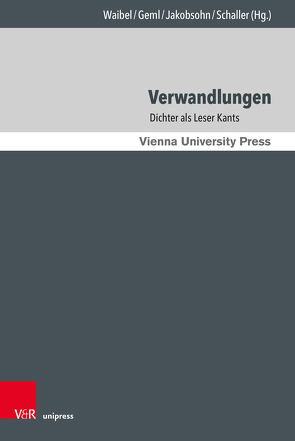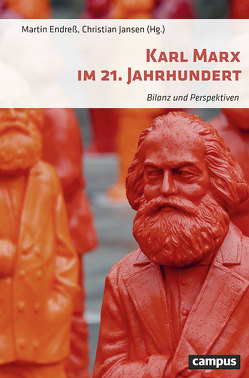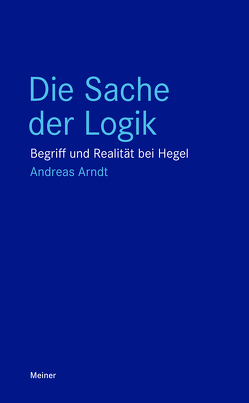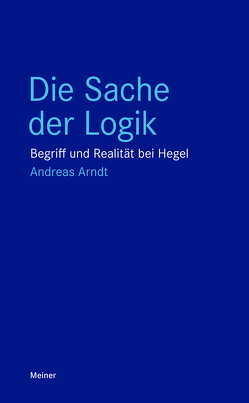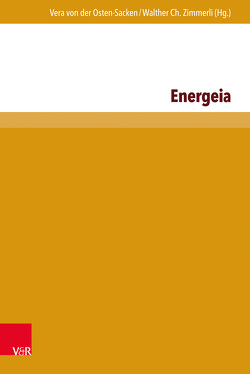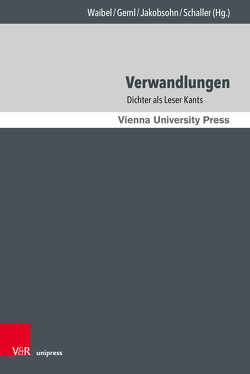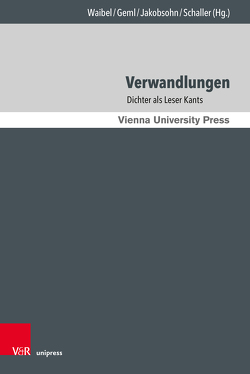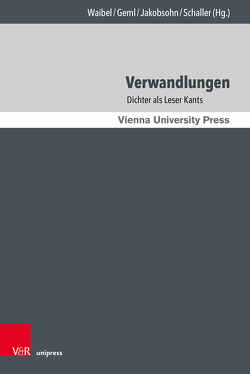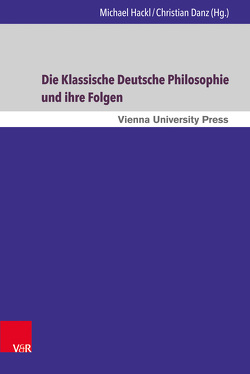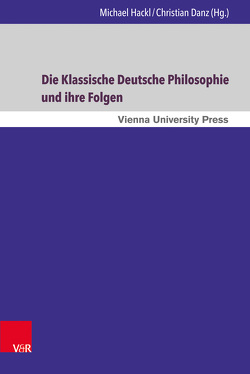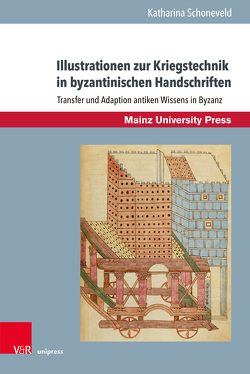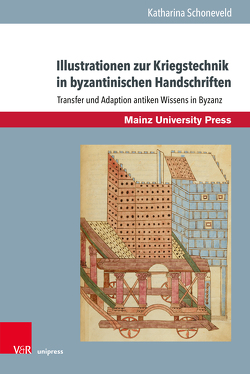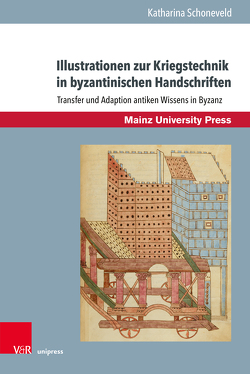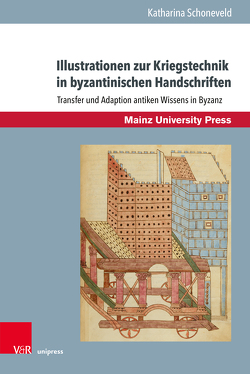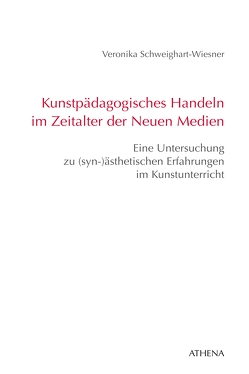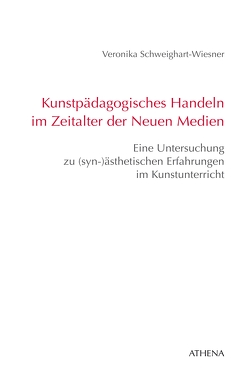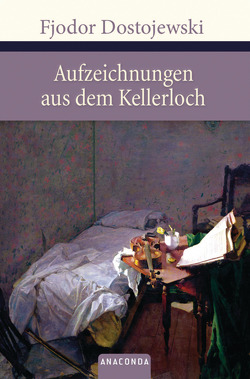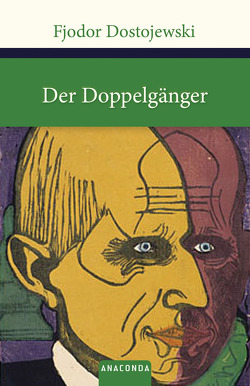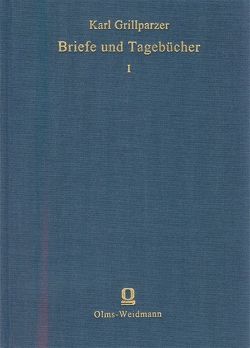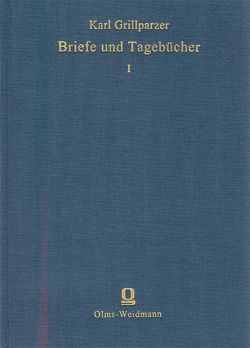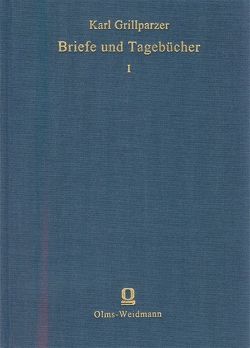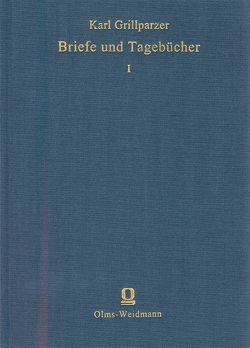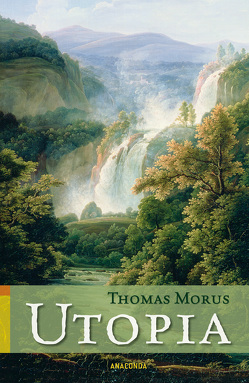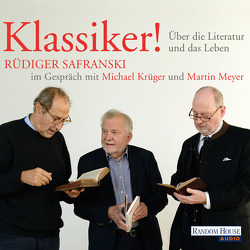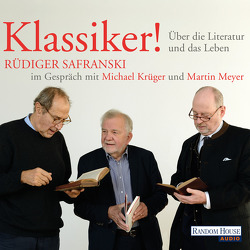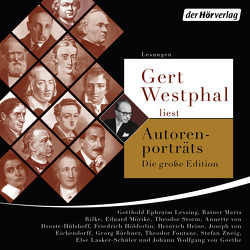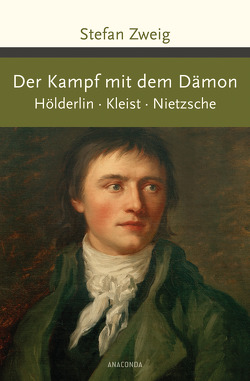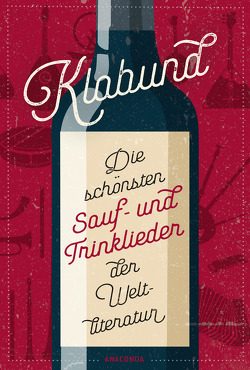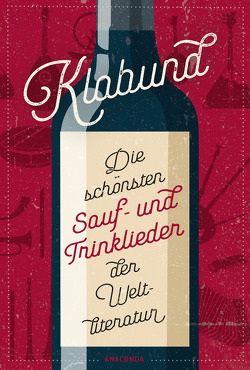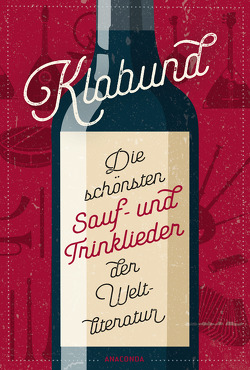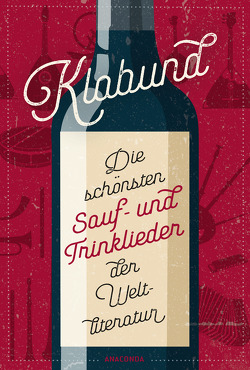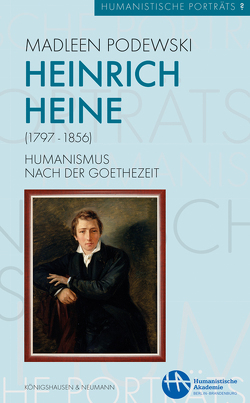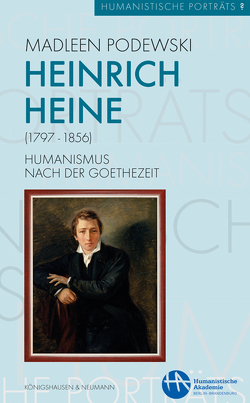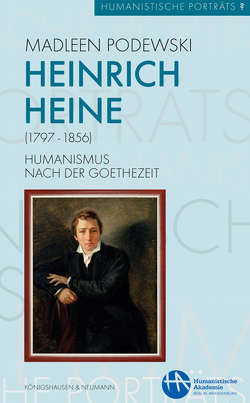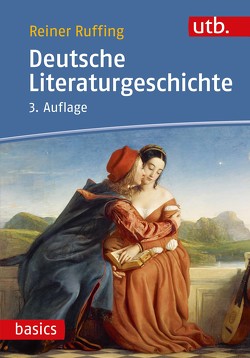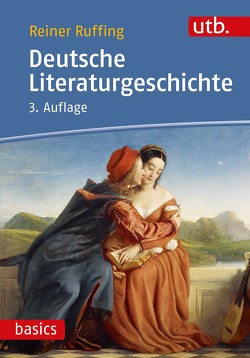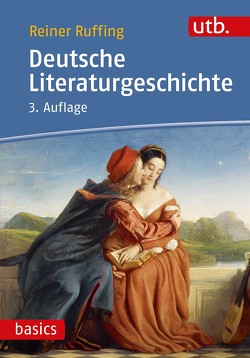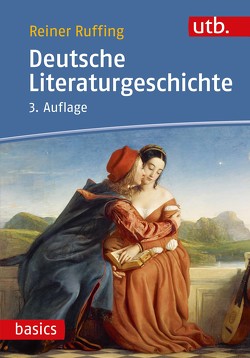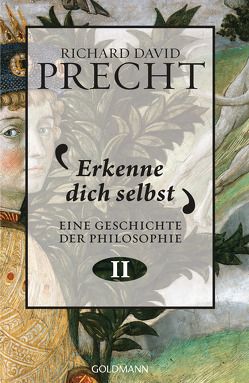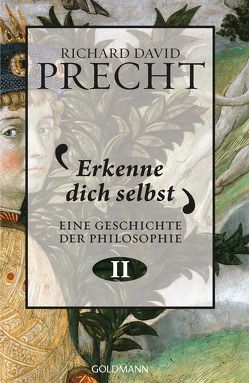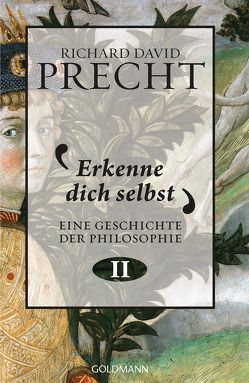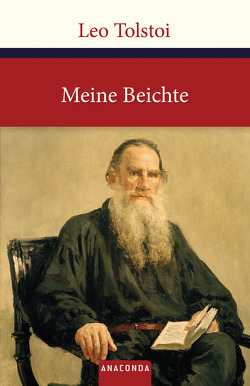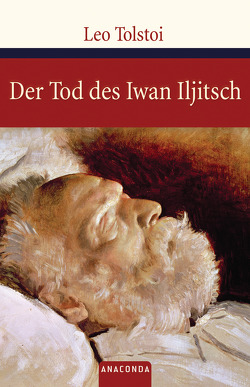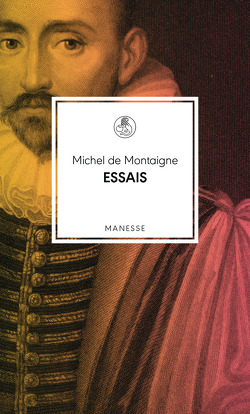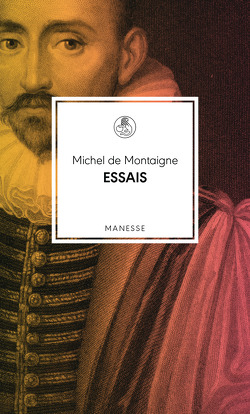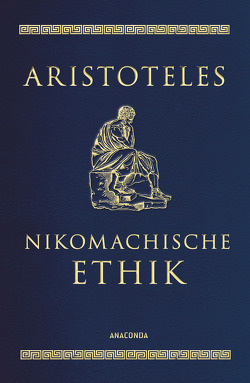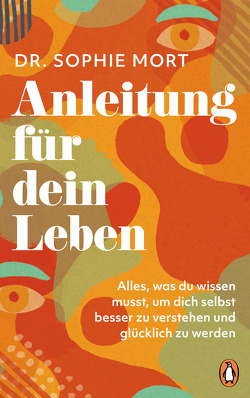Verwandlungen
Dichter als Leser Kants
Andreas Arndt, Johannes Gerald Epple, Gabriele Geml, Ralf Gisinger, Sarah Caroline Jakobsohn, Anna Kontriner, Barbara Santini, Philipp Schaller, Sebastian Schneck, Christian M. Strasser, Gabriele Tomasi, Violetta L. Waibel, Alexander Wilfing, Jure Zovko, Marie-Élise Zovko
Kant, die Instanz der Aufklärung, der Vernunft, der Rationalität, zieht Schriftstellerinnen und Schriftsteller ebenso an, wie die Trockenheit, Systematizität, Rigorosität seines Denkens und Schreibens Widerstand erzeugen – sei dies zu Recht oder zu Unrecht. Schiller und Goethe, Hölderlin oder Kleist, oder auch Grillparzer haben sich auf sein Denken eingelassen. Direkt oder indirekt haben Tolstoi und Dostojewskij sich kreativ mit Kants Werken auseinandergesetzt. Ironiker wie Falk, Bonaventura/Klingemann, Heine oder Bernhard sahen sich von Werk und Person angezogen, um sich bald spielerischer, bald boshafter in Distanz zu bringen. Aus dem großen Spektrum literarischer Aneignungen thematisiert der Band einige der Facetten und Verwandlungen, mit denen Kunst dem Denker Kant begegnet.
Kant, the embodiment of the Enlightenment, of reason, of rationality, attracts writers just as much as the dryness, the systematic nature, the rigorousness of his thinking and writing generate resistance – whether deserved or not. Schiller and Goethe, Hölderlin as well as Kleist, even Grillparzer, have engaged with his thinking. Directly or indirectly, Tolstoy and Dostoevsky have creatively grappled with Kant‘s works. Ironic writers such as Falk, Bonaventura/Klingemann, Heine or Bernhard were attracted to Kant‘s writings and character in order to distance themselves, at times playfully, at times spitefully. From the wide spectrum of literary appropriations, this volume addresses some of the facets and transformations that art uses to approach Kant the thinker.
